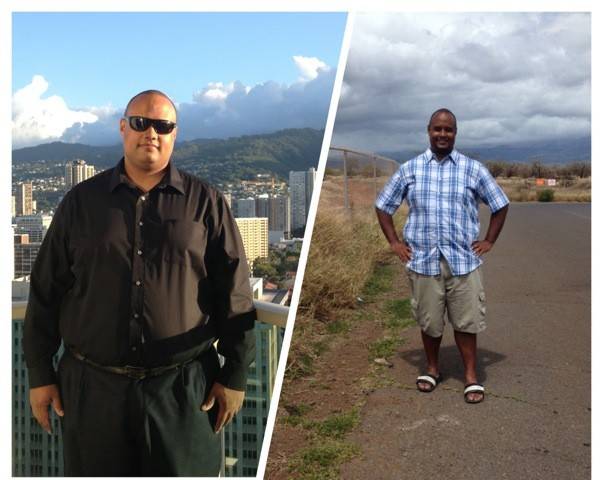How to Get Calcium from a Dairy-Free Diet
If you’re lactose intolerant or simply want to live a healthier life, a dairy-free diet may be right for you. Some people are hesitant to try this type of diet because they worry they won’t get enough calcium to meet their needs. There’s really no reason for concern. With the right eating plan, you can get all the calcium you need in your diet.
Why You Need Calcium
Most people know that calcium is vital to keep the bones and teeth in good condition; but this mineral is good for so many other functions. More than 95 percent of the calcium in your body is stored in your bones for later use. The rest of the calcium is found in the nerves, blood and muscles to help with muscle contraction, blood coagulation and neurotransmitter release.
When you don’t get enough calcium through your diet, your body leeches this mineral from your bones and makes them weak and more prone to breaks and fractures. Lack of calcium also interferes with blood clotting and changes the condition of the muscles. Some signs of calcium deficiency include:
Why Milk is Not a Healthy Source of Calcium
Because of the way milk is produced and processed, it’s not the healthiest source of calcium around. The dairy cows are pumped with hormones and antibiotics that can get into the milk supply and taint it. The hormones are used to make dairy cows produce more milk than they’re naturally supposed to.
Antibiotics are given to the livestock to control diseases and infections. Even if the animals aren’t sick, they are still given antibiotics – just in case. The uncontrolled use of these drugs in farm animals is the main reason for antibiotic-resistant strains of bacteria popping up everywhere.
In addition to antibiotics and hormones, dairy cows are fed an unnatural diet of chemically treated grain. The grain is often filled with the leftover parts of slaughtered animals. These dead animal parts help stretch the feed and provide a cheap source of protein for the cows.
Cows are vegetarian. Anytime they eat anything other than grass, it reduces the quality of milk they produce. Most of the time, milk produced in this manner is not even worth drinking.
Before milk hits store shelves, it’s pasteurized so that it’s safe to drink. Pasteurization kills the enzymes needed for digestion and makes some of the calcium in milk impossible for the body to absorb. This may account for the increase in osteoporosis in the United States.
How to Get Enough Calcium in a Dairy-Free Diet
If you eat a diet rich in vegetables, nuts, fish and fruits, you don’t need dairy to get the calcium you need for healthy bones and vital physiological functions. Here is a list of non-dairy foods that contain calcium.
The amount of calcium your body absorbs depends on a number of factors. You can increase how much calcium your body absorbs by eating foods rich in vitamin D. The most abundant sources of vitamin D include salmon, sardines, eggs, cod, shrimp, fish oil and mackerel.
Also, vitamin K helps keep calcium in the bones. Foods that are rich in this nutrient include asparagus, basil leaves, beet greens, lettuce, spinach, broccoli, kale and parsley.
-
How to Set Reasonable Weight Loss Goals
You must have a weight loss action plan besides knowing that you need
-
Only 15 Percent Of Bariatric Patients Follow-Up With Plastic Surgery
Bariatric Surgery Bariatric surgery to treat morbid obesity is poised
-
Tips For Effective Weight Loss
Weight Loss tipsAll throughout my childhood and teenage years I watche
-
Can You Build a Fitness Habit in 21 Days?
Despite writing about health and fitness for a living, several
-
The Facts About The Alli Weight Loss Plan
Alli continues to be on the market for a
-
Can You Regain Weight After Weight Loss Surgery?
Since youve had weight loss surgery, are your worries about gaining w
- DON'T MISS
- Why The Raw Food Diet
- Natural Weight Loss For Good Health And Well Being
- Quick weight loss with super diet foods
- Drinking Soy Milk for Weight Loss: Does It Work?
- FAT BURNING - FOODS THAT BURN FAT
- Put Your Kitchen On A Diet
- Five Really Tough Dieting Tips
- Express Your Love On A Budget
- Can Visalus Products Really Help You Lose Wieght?
- Weight Loss In Hypothyroidism - A Possibility




